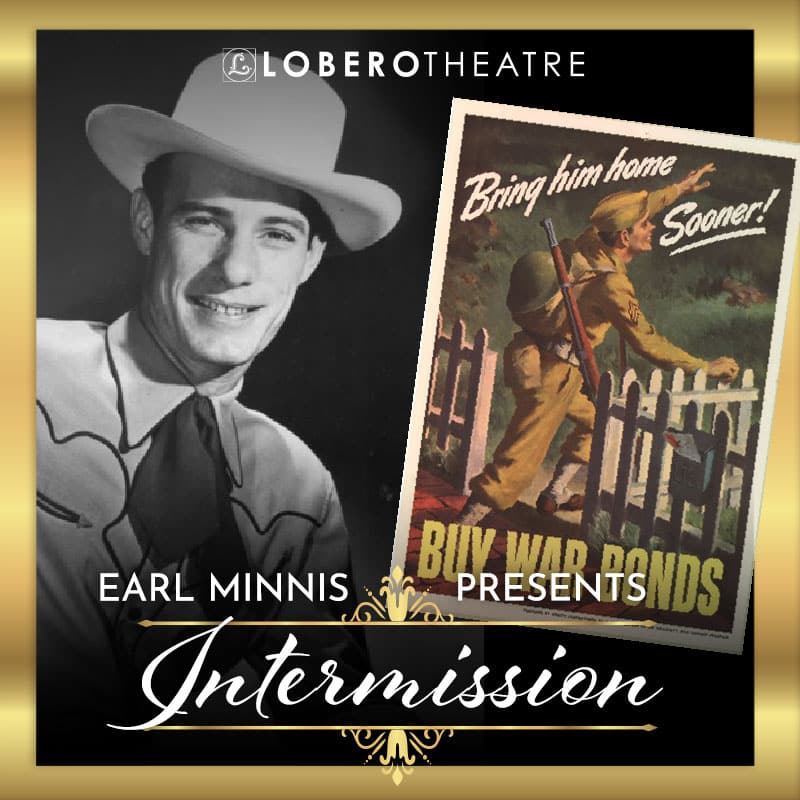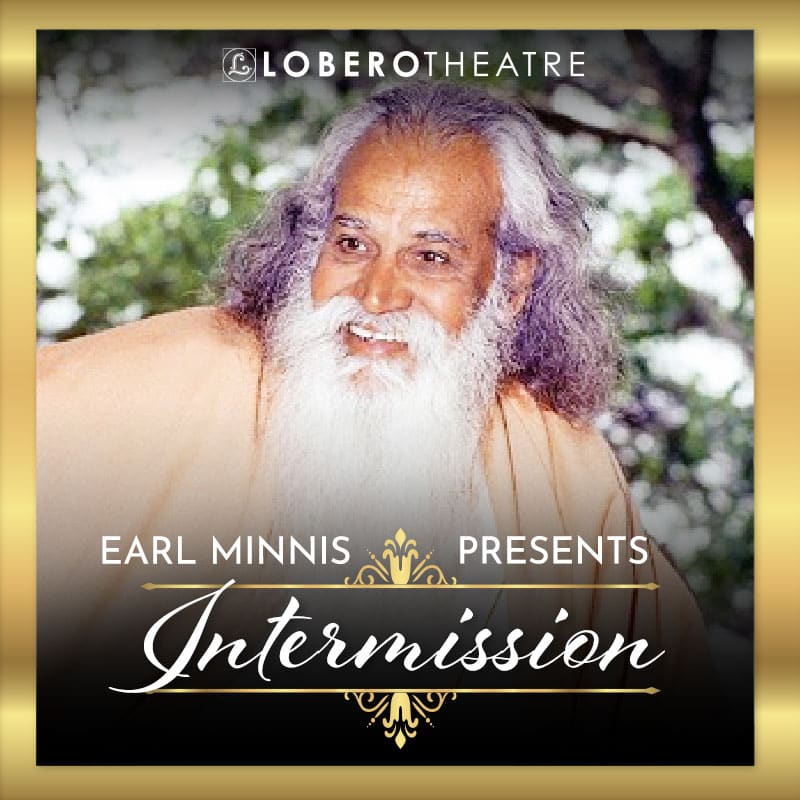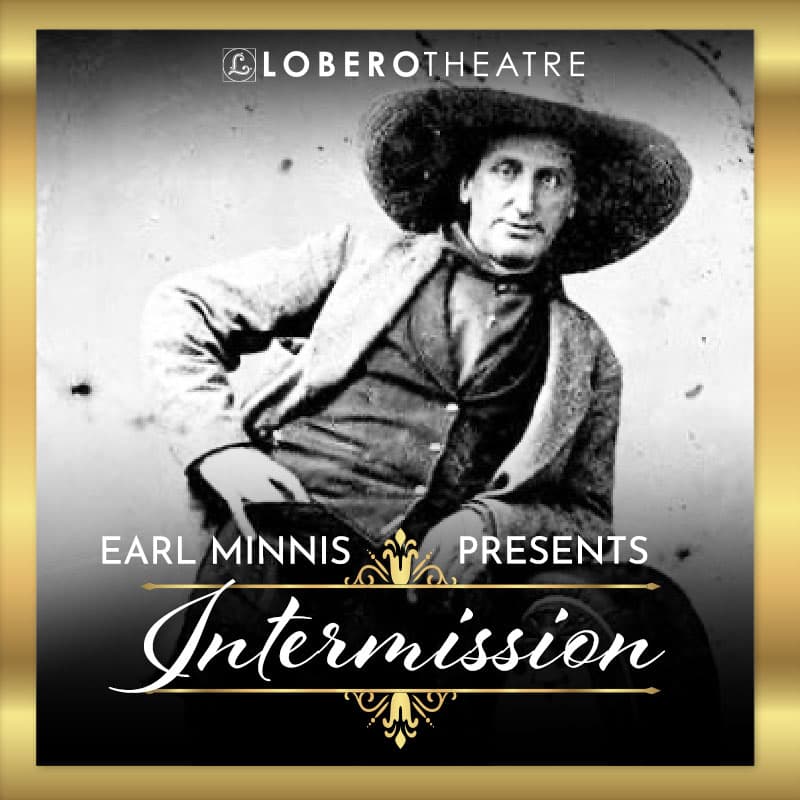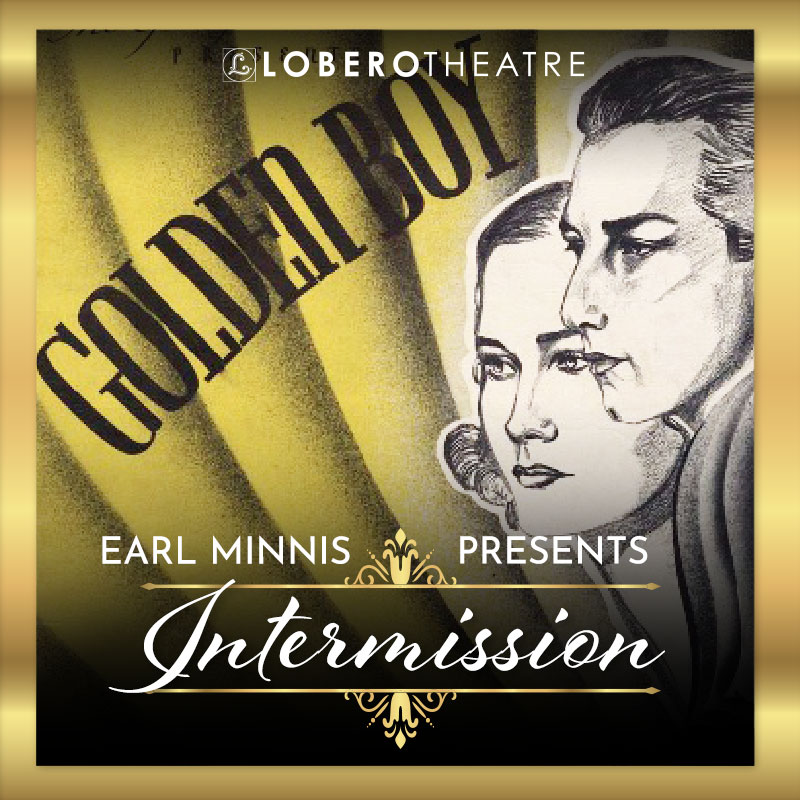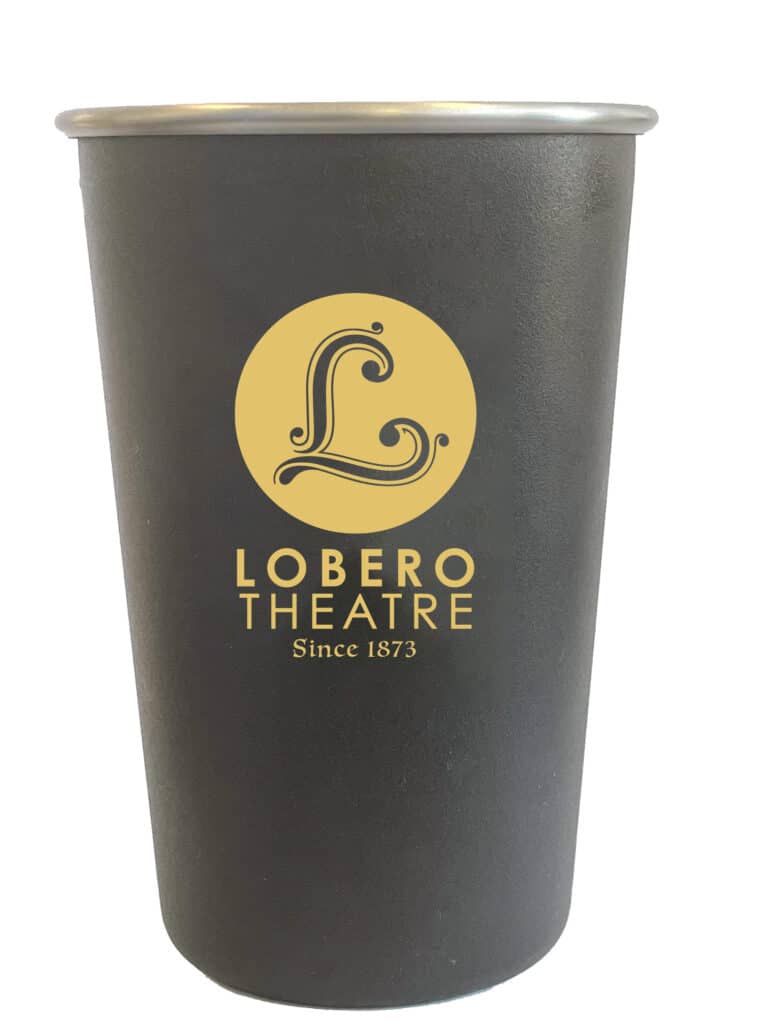In June 1945, just weeks after Victory in Europe Day (VE Day), the Lobero stage doubled as a broadcast studio for one of America’s most popular wartime radio programs, “Hollywood Barn Dance”.
The performance was brought to Santa Barbara to promote the sale of war bonds to hasten the end of the war in the Pacific.
Hollywood Barn Dance first aired on CBS Radio on December 4, 1943, as a replacement for “Gene Autry’s Melody Ranch” weekly radio show. Autry’s characterization as the friendly and honest “singing cowboy” helped distract America from the anxiety of the War, and was soon mimicked by other cowboy crooners like Rex Allen and Roy Rogers.
The show itself took off and became a tremendous hit but was put on a temporary hiatus when Autry enlisted in the Air Force in 1942. CBS Radio was desperate to develop a replacement series, and within a couple of weeks, they had hired a likable Texan with the memorable stage name of Cottonseed Clark as the show host. Hollywood Barn Dance aired each Saturday night and came to be known as “America’s greatest half-hour of western fun and music.”
Cottonseed Clark had the same warm, quaint, homey friendliness as Autry. He opened each show with “welcome, friends and neighbors”, and would then present the “house band,” Foy Willing and The Riders of the Purple Sage.
Other cast and characters included Cliffie Stonehead and his bass fiddle, Carolina Cotton the yodeler, Herman the Hermit and his banjo, Texas Ann the cowgirl singer, and Ted French and his Barn Dancers. Guest appearances by top-name talent such as Roy Rogers and Bob Hope added to the show’s mainstream appeal.
According to the website RadioArchives.com,
“Hollywood Barn Dance introduced listeners to a wide range of western-based musical entertainment – much of it performed by the same singers and musicians whose talents were featured in the B-Westerns of the time. Thanks to the influence of such nationally known groups as Bob Wills and his Texas Playboys, audiences had recently been introduced to something new in “hillbilly” music: country swing or “honky-tonk”.”
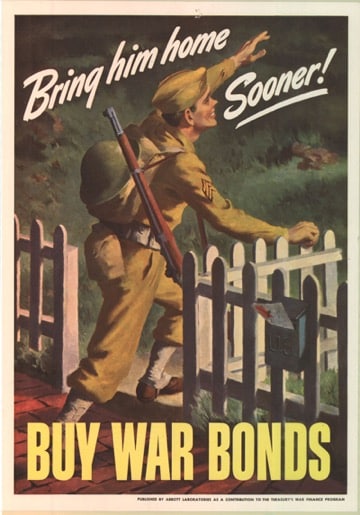
Hollywood Barn Dance was recorded in front of a live, hip-hollering audience at the CBS KNX Playhouse in Hollywood. But several times a year the cast visited other Southern California cities and put on special, two-hour performances in an effort to boost the local sale of war bonds.
War bonds were a way for American citizens to financially support the US government’s war effort. When the war in Europe ended on May 8, 1945, the war bond sales effort shifted to focus on the war in the Pacific with Japan. Santa Barbarans who bought a war bond in the week before the Lobero show automatically received tickets to see Hollywood Barn Dance. During the entirety of World War II, Americans purchased nearly $200 billion in war bonds.
